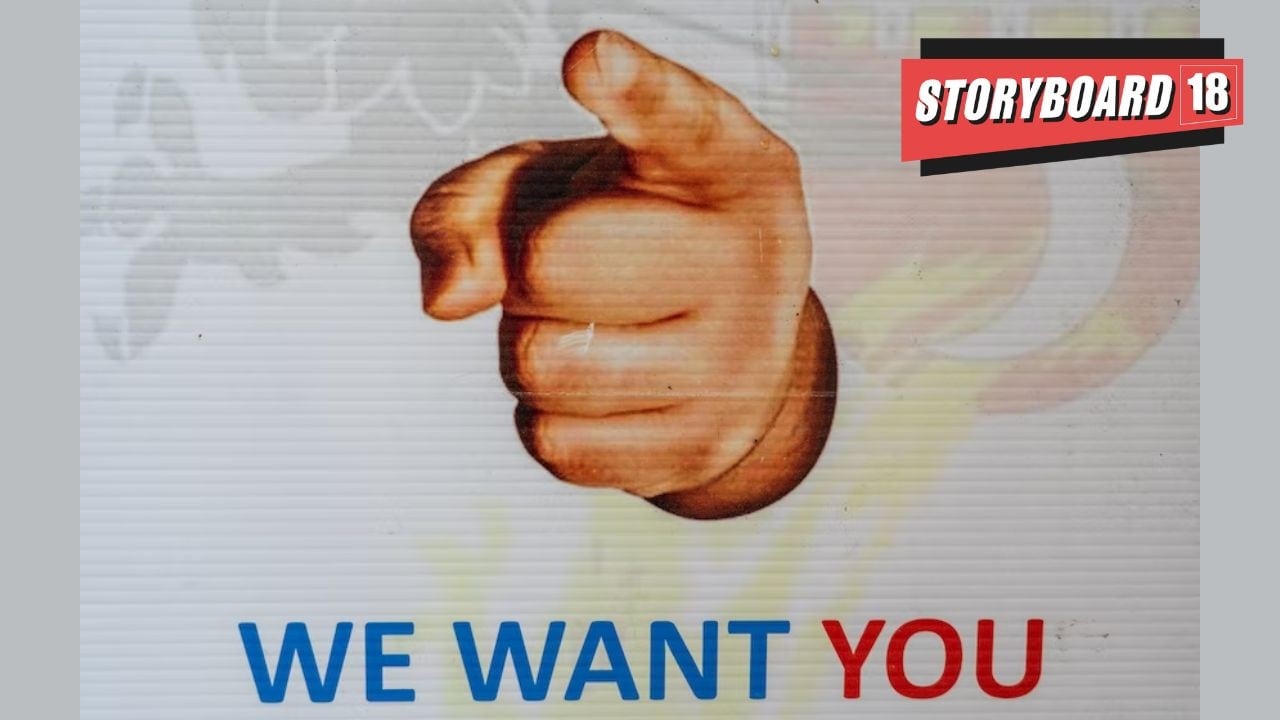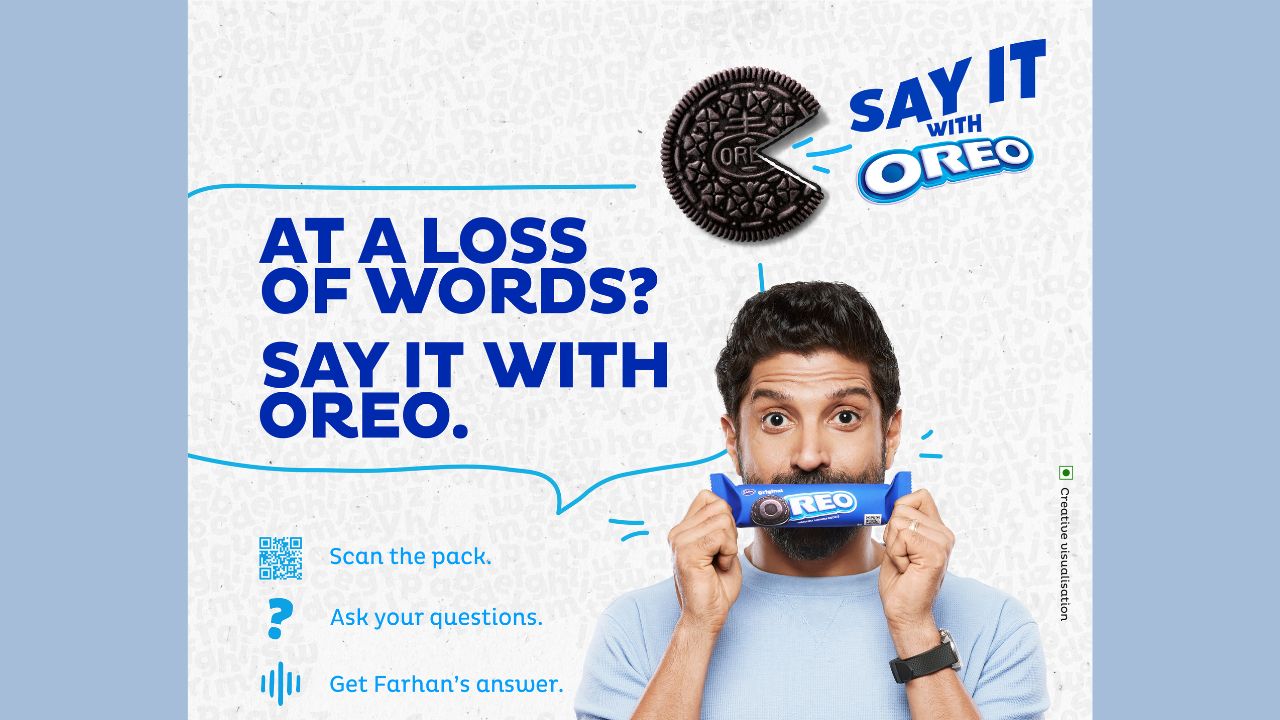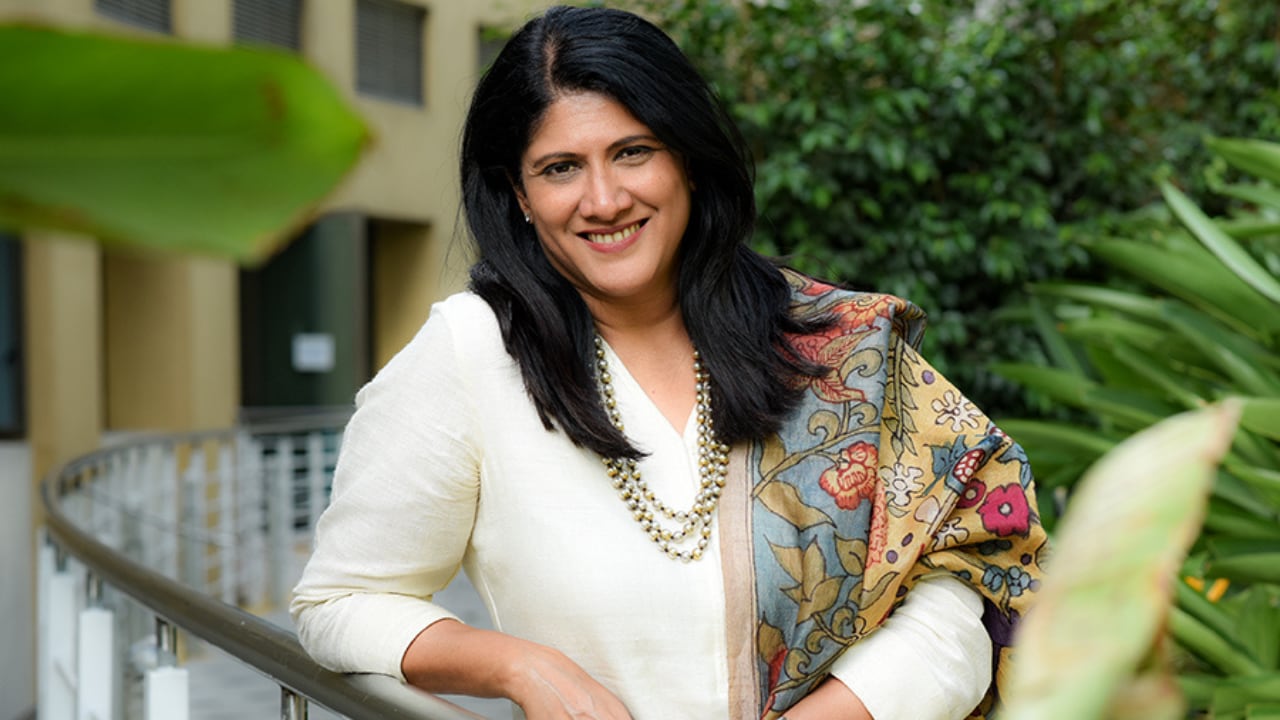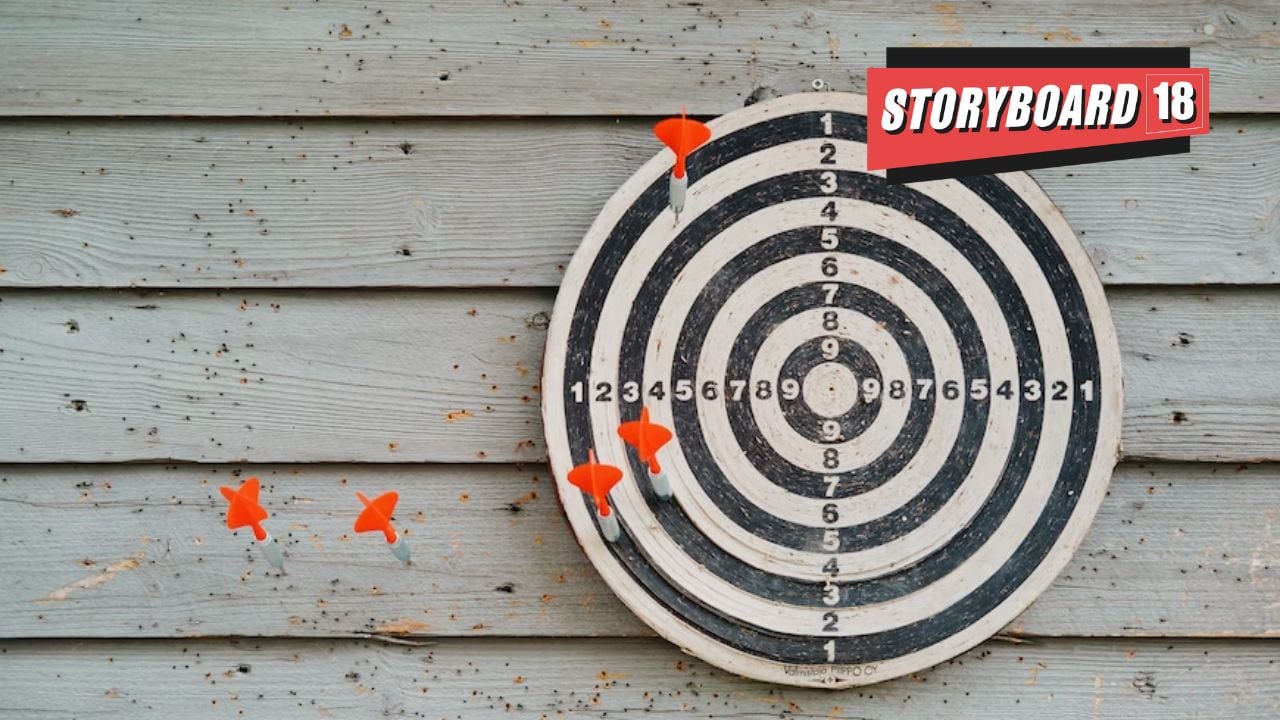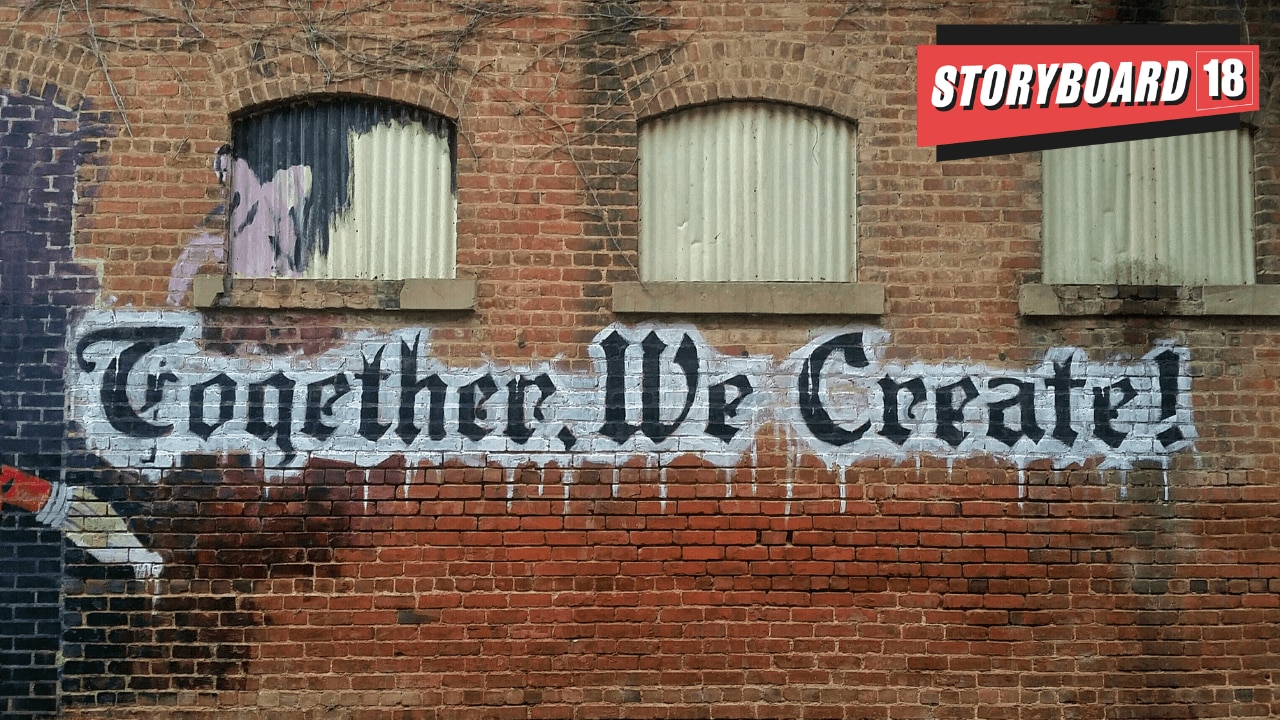In a press note, the brand stated that they picked Wieden & Kennedy as its creative partner because of their understanding of the Indian market, combined with their ability to craft compelling brand narratives.
Tag: Advertising
Apple releases new ad film as part of its ‘Underdogs’ series
Apple’s latest 8 minute ad film ‘Swiped’ is an addition to its 2022 Grand Prix winning series ‘Underdogs’.
Dentsu X India onboards Jose Leon as CEO
Jose Leon will report to Anita Kotwani, CEO Media, South Asia, Dentsu.
Mondelez-owned Oreo uses Farhan Akhtar and Artificial Intelligence in new campaign
The campaign, conceptualised by Leo Burnett India leverages Generative Artificial Intelligence to generate playful answers which then goes to a voice cloning AI engine which plays back the answer in Farhan Akhtar’s voice.
Fractal Ink’s Priyanka Agrawal joins Punt Partners as co-founder
Priyanka Agrawal is coming onboard to build a new consulting practice that marries innovation, design and technology and will focus on the North America market.
Elon Musk makes the Twitter bird ‘X’; ad and design experts weigh in on the rebrand
The experts seem divided on the brand revamp and whether it could breathe new life into Twitter, which remains way behind its competitors, such as Meta, in terms of user base and advertising revenue.
Unilever’s global CMO Priya Nair: Entertainment and advertising working side by side
Priya Nair, Global CMO, Beauty & Wellbeing, Unilever, shared the campaigns and trends that shaped this year at Cannes Lions and what the future holds.
BBH India wins JAPFA’s creative duties
As part of the mandate, BBH India will work closely with the brand team to develop a hyper-local marketing campaign to launch the app in their core markets first, followed by an integrated marketing model with further expansion of markets.
Talented scripts new work norms that are unheard-of in ad agencies
The indie agency’s open-sourced playbook has chapters featuring their best practices, including paid tests during interviews, no follow-ups culture, 3-day full and final settlement policy, 8 hours work rule, and more.
Decoding Barbie movie’s marketing blitz; Mattel spent $100 mn on marketing
Mattel, which has secured over 100 brand partnerships, is either paid a flat licensing fee or gets 5-15 percent sale fee on any collaboration.
